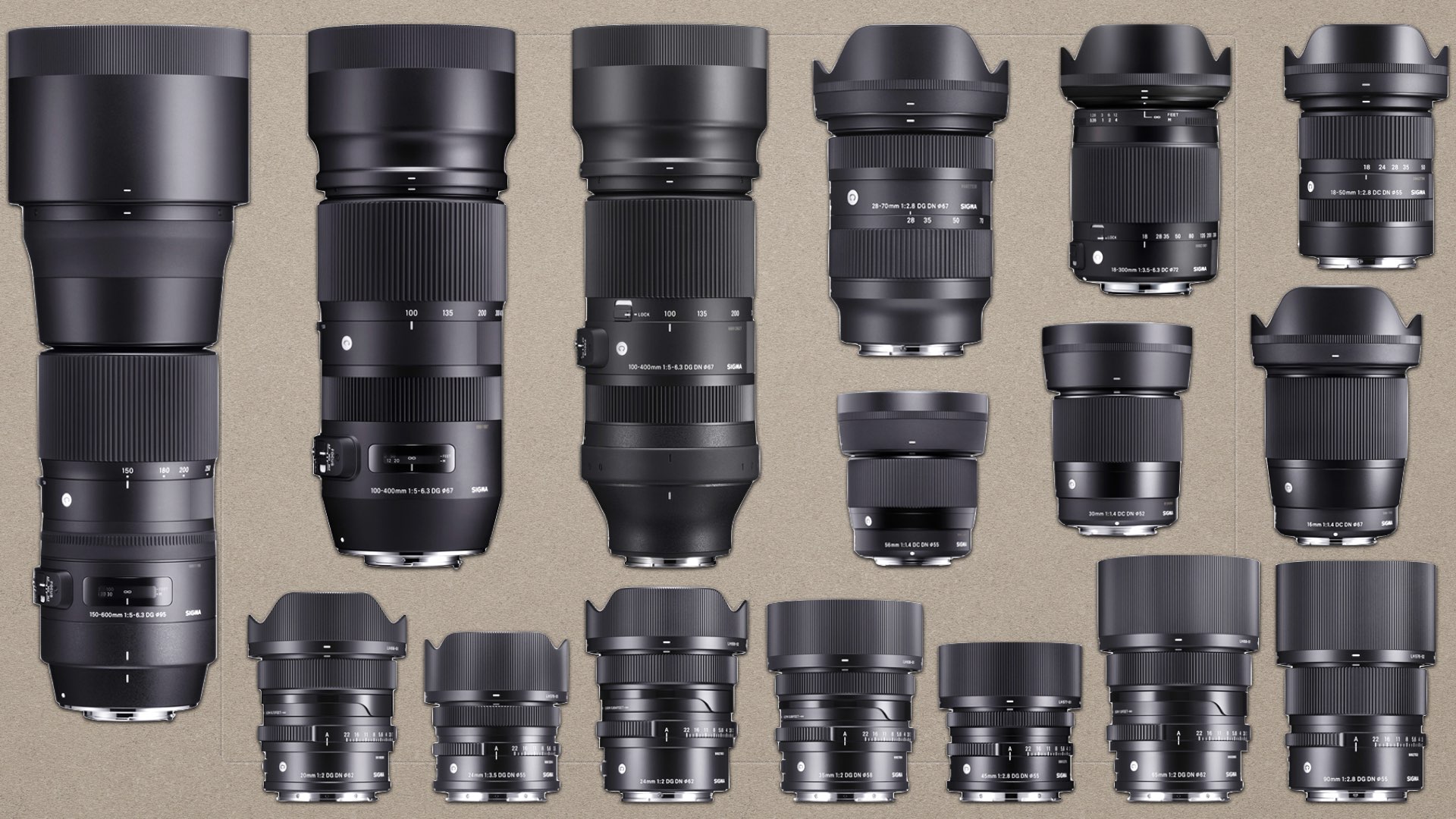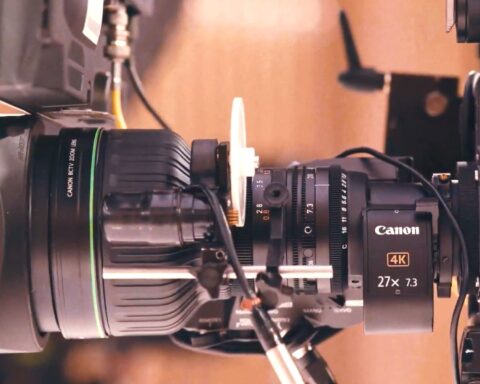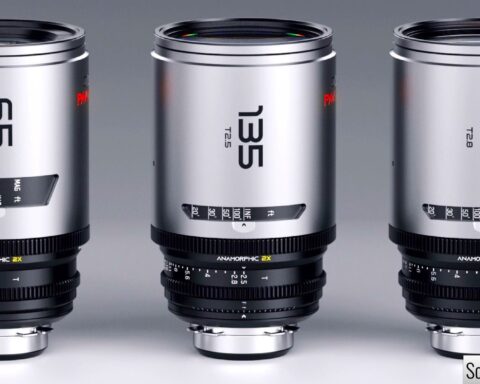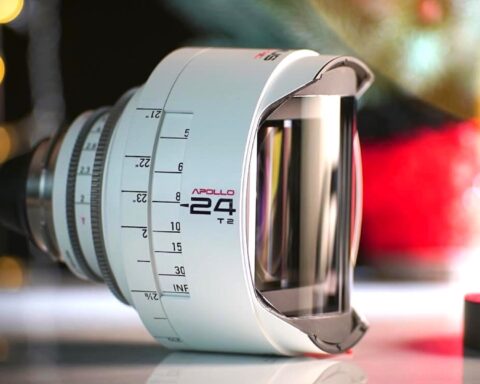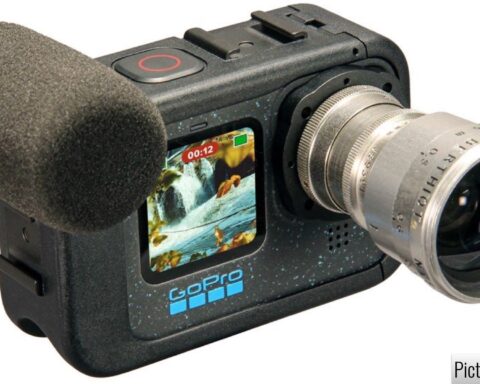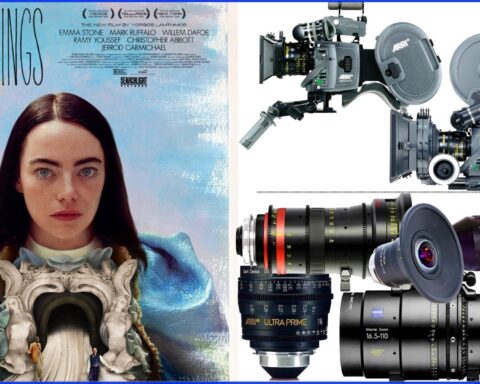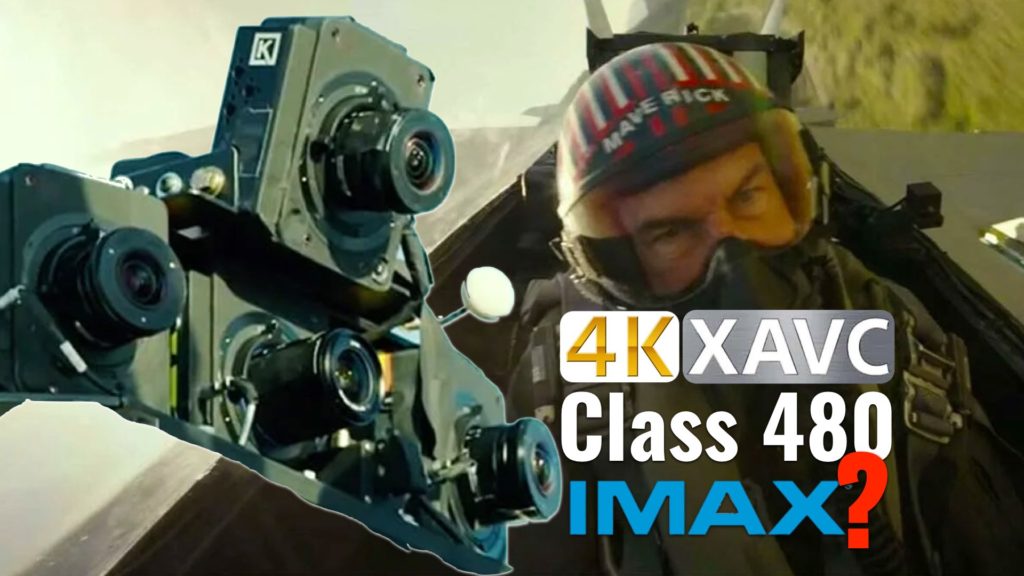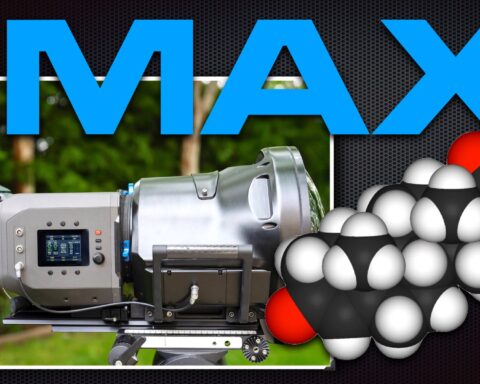SIGMA defines its Contemporary lenses as compact, high-quality, and affordable, to meet the needs of a wide audience of creators who simply want great images and product quality that doesn’t break the bank. But how the Contemporaries can be differentiated from other lineups including the Art and Sport? Luckily SIGMA has published a Q&A session that may shed more light on that matter. Explore it below.
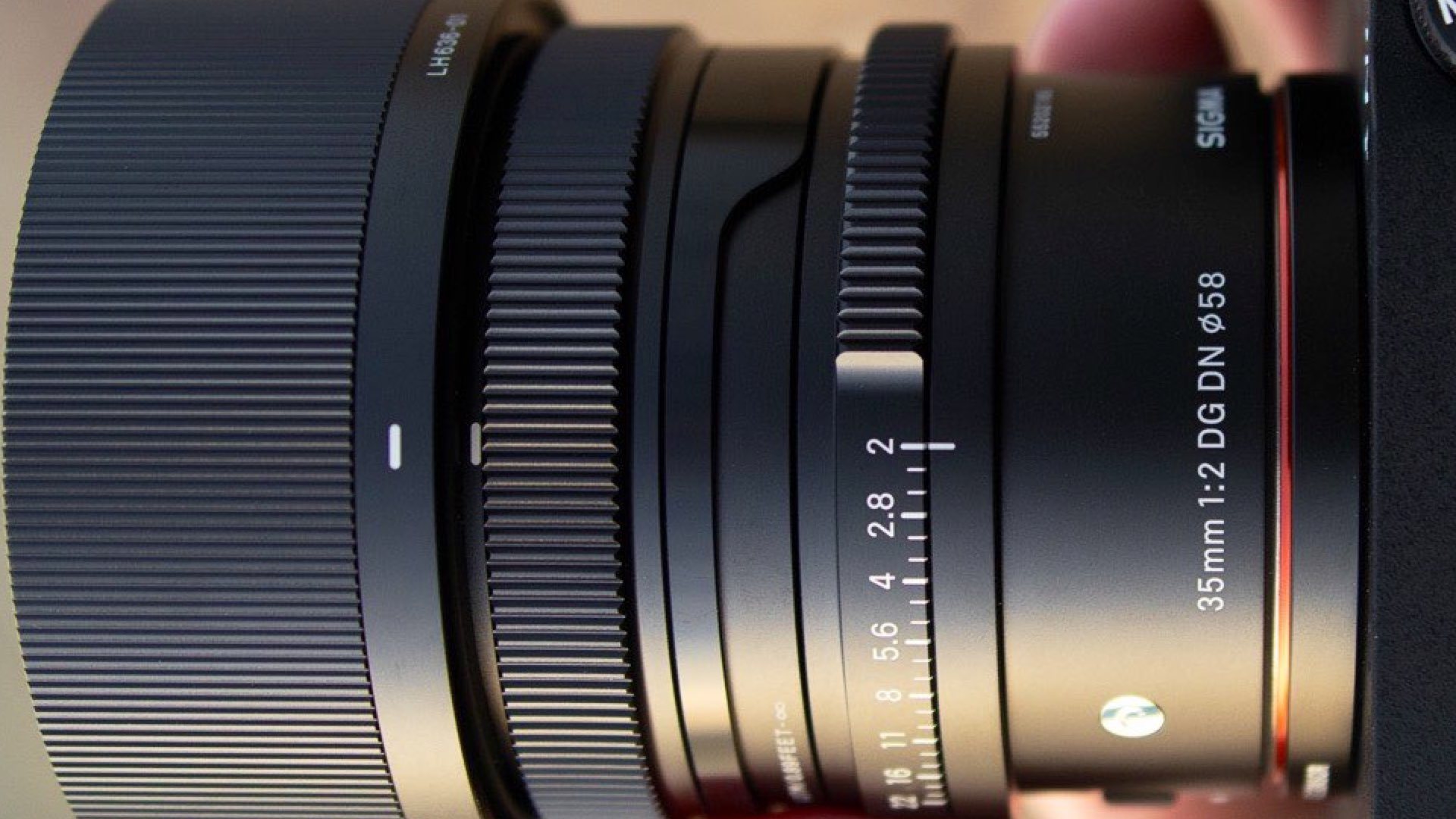
Contemporary: 16 lenses that offer an “Ideal balance”
SIGMA lenses are grouped into three lines: Art, Sports, and Contemporary. Most people know what they’re getting with an Art line lens: incredible optical performance, advanced technology, not to mention dust-and-splash resistant construction. Sports line lenses provide an amazing long telephoto capability, along with super-tough build quality that holds up to the most extreme conditions. However, the Contemporary line lenses give you performance, portability and value, all rolled into one. As of May 2022, SIGMA offers 16 different Contemporary lenses for both DSLRs and mirrorless cameras. “With so much to offer, there’s bound to be an essential place for Contemporary lenses in your collection, whether you’re a professional photographer, enthusiast, or just a casual shooter” states SIGMA.
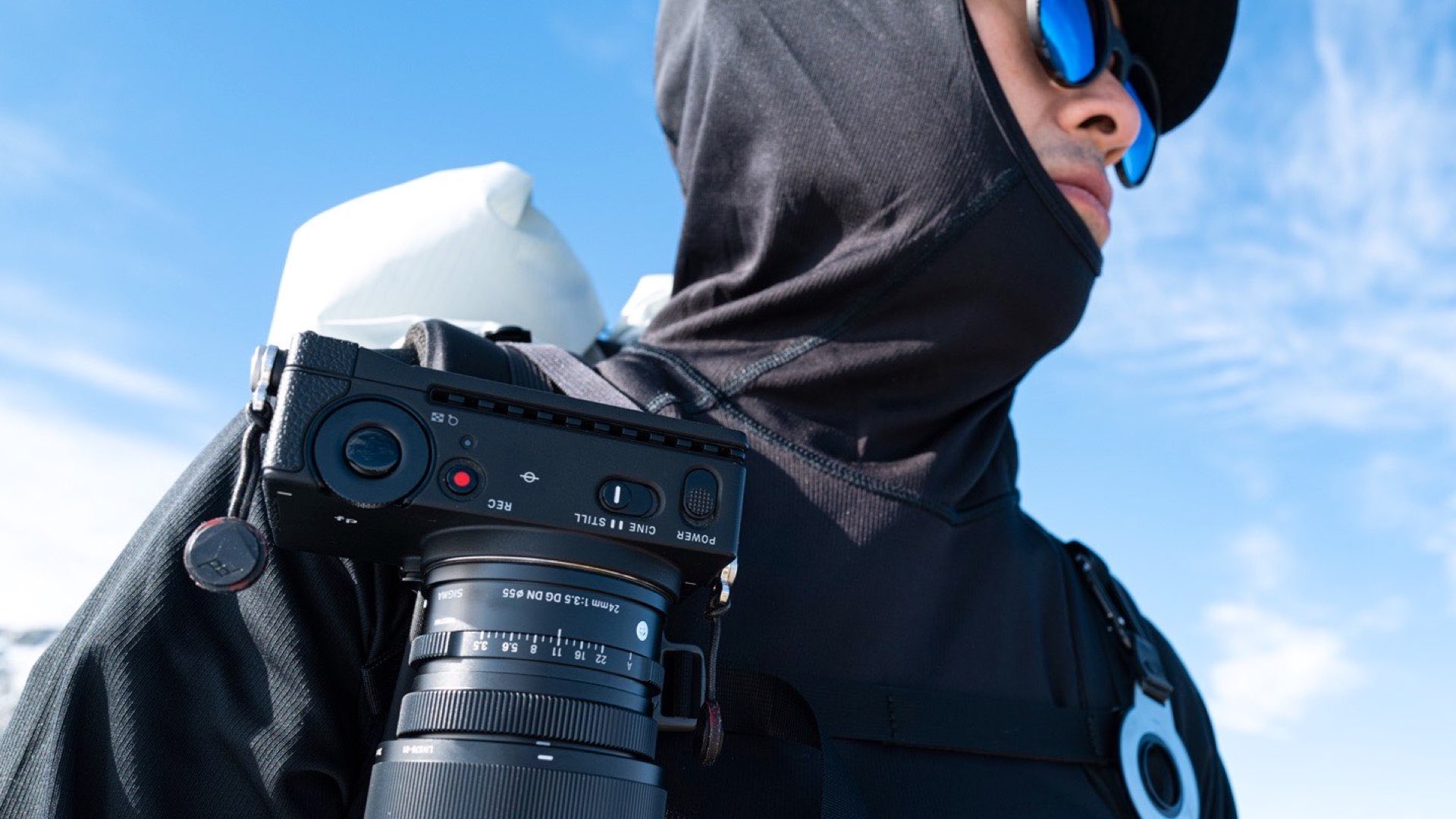
Main features
The major features of the SIGMA Contemporary lenses are (as defined by SIGMA):
- Outstanding overall image quality that rivals more expensive competitors, and in many cases is comparable to the Art lenses.
- The latest technology that provides solid AF and MF performance on any compatible camera, as well as digital in-camera corrections.
- Compact size for more convenient real-world use, when space is an important consideration.
- Moisture and dust-resistant mount to keep contaminants from entering the camera body at the connection point.
- Competitive price, making high-quality lenses more accessible to all levels of photographers and video creators.
- Updatable firmware to allow ongoing compatibility and performance updates.
- High-precision brass lens mount for exceptional durability.
- 4-Year USA Warranty when purchased from a SIGMA Authorized Dealer for peace of mind.

FAQ: Common questions about the Contemporaries
SIGMA has summarized the key points of the Contemporary series by publishing a Q&A session as described below:
Question: Are Contemporary lenses just for crop-sensor cameras?
Answer: No, there are Contemporary lenses for both full-frame (DG) and crop-sensor (DC) cameras, both DSLR and mirrorless (DN). As time goes on, the product selection will evolve, but the Contemporary line is meant to serve camera users of multiple formats so everyone can enjoy photography.
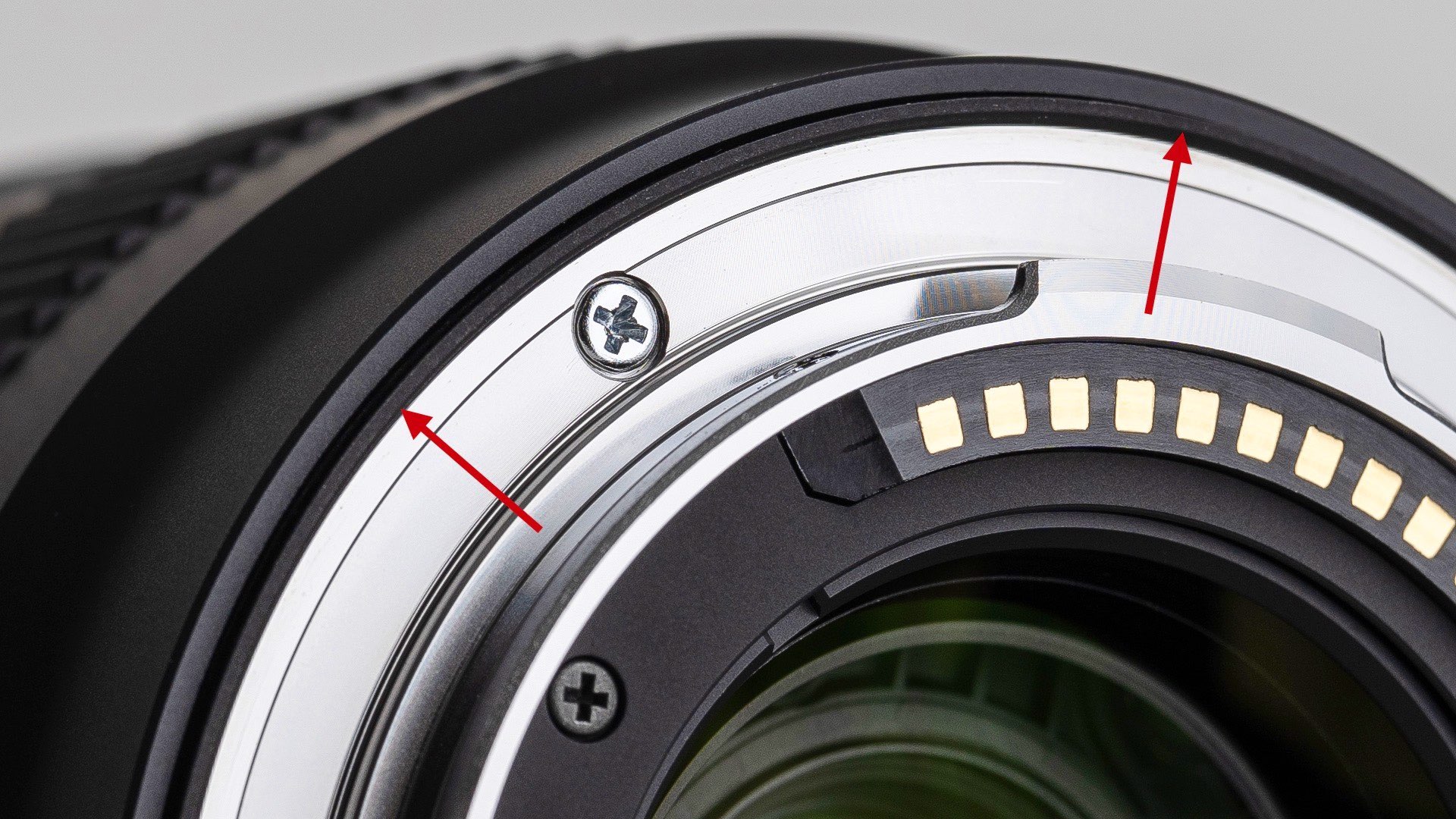
Question: Are Contemporary lenses worse than Art or Sports lenses?
Answer: Worse, no. Different, yes! We have designed Contemporary line lenses to have outstanding image quality, but our main goal is to strike an optimal balance. So while an Art line lens of a similar focal length may perform better in a studio test or have a larger maximum aperture for more dramatic bokeh effects, a Contemporary lens has the advantage of being smaller, lighter, more affordable, and chances are it’ll be all the lens you need for almost any situation.
Question: Why are Contemporary lenses cheaper than Art or Sports lenses?
Answer: There are a few reasons. Typically, Art and Sports lenses have a few more features, such as customizable buttons, function switches, dust and splash resistance, and most notably, large-diameter optical designs that simply take longer to manufacture and incorporate larger, more expensive glass elements. Our Contemporary lenses, meanwhile, typically keep the buttons and controls to a minimum, and the more compact optical designs don’t cost as much to make and assemble.
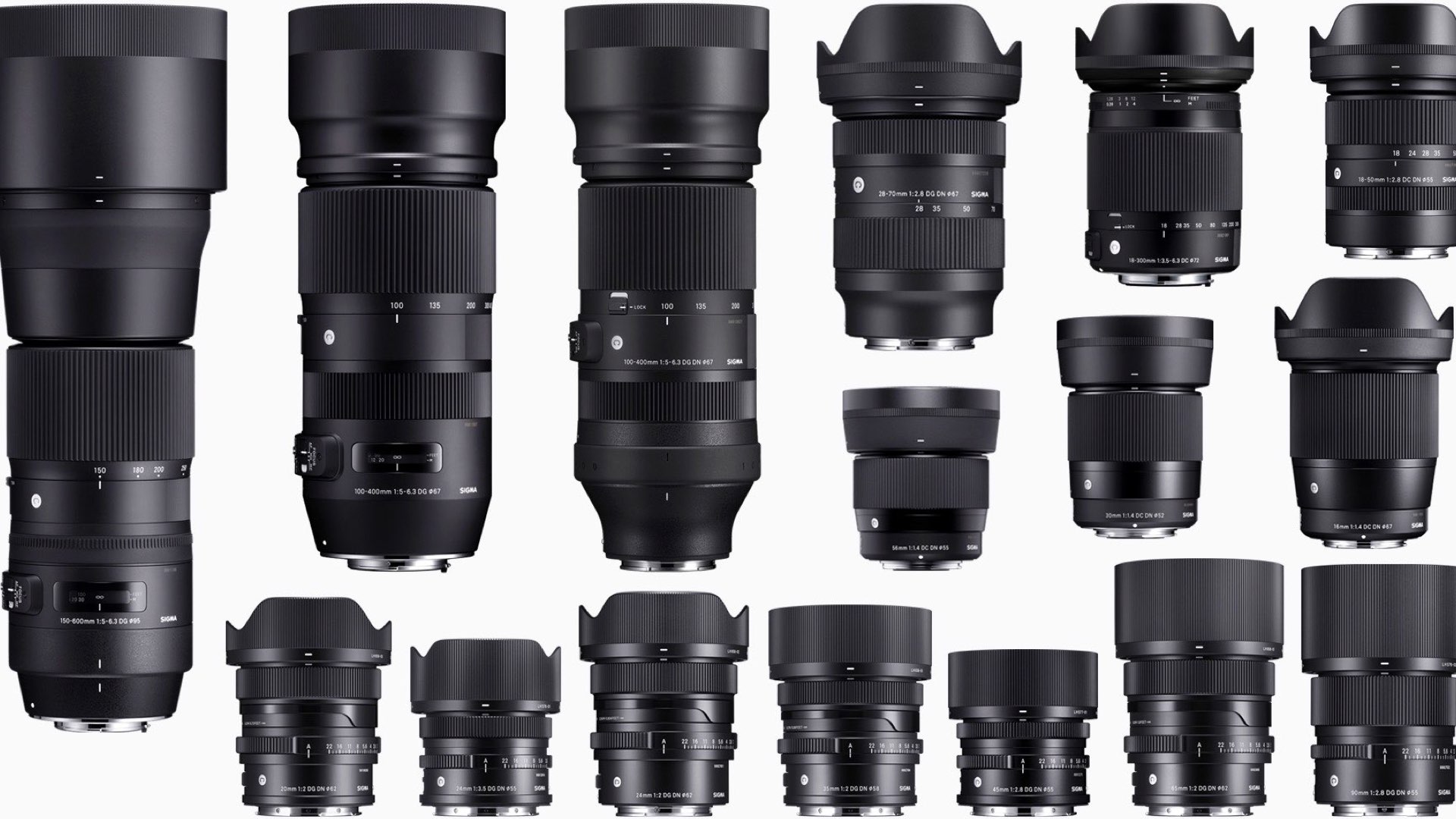
Question: Are Contemporary lenses weather sealed?
Answer: Partially. Contemporary lenses feature a gasket at the mount that protects against dust and moisture, but none feature sealing throughout the lens body (this is an additional reason that Contemporary lenses are more affordable). That said, the vast majority of contaminants work their way into lenses through the rear mount, so as long as they aren’t abused, these lenses will provide many years of trouble-free use, even in moderate weather. For regular use in more extreme conditions, Art or Sports lenses are the way to go.
Question: Are Contemporary lenses made of plastic?
Answer: Most Contemporary lenses have lens barrels and exterior shells made of TSC (Thermally Stable Composite) that is technically a type of plastic. However, TSC is a state-of-the-art polycarbonate that is designed to be both lightweight and extremely durable, and its chemical makeup means it doesn’t shrink or expand with changing temperatures. This material is so high-quality that we’re also incorporating it into our Art and Sports lenses to provide lightness and thermal consistency.
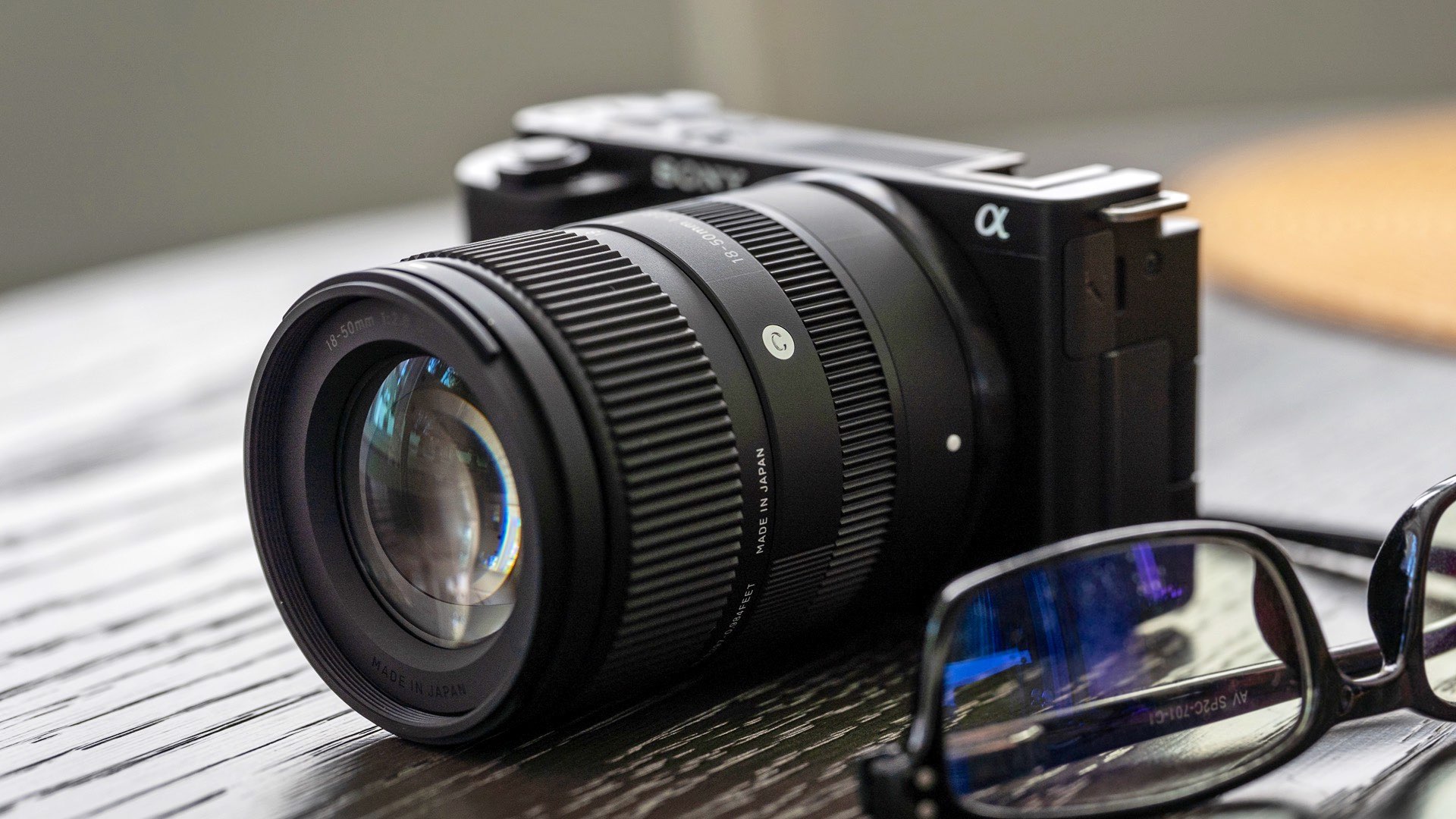
Question: Why Should I Get a SIGMA Contemporary Lens?
Answer: There are definitely reasons you might want to spend a bit more on an Art or Sports lens, but for most people, the SIGMA Contemporary line is really the sweet spot. Compact size, excellent image reproduction, outstanding build quality, modern technology, and a wallet-friendly price.
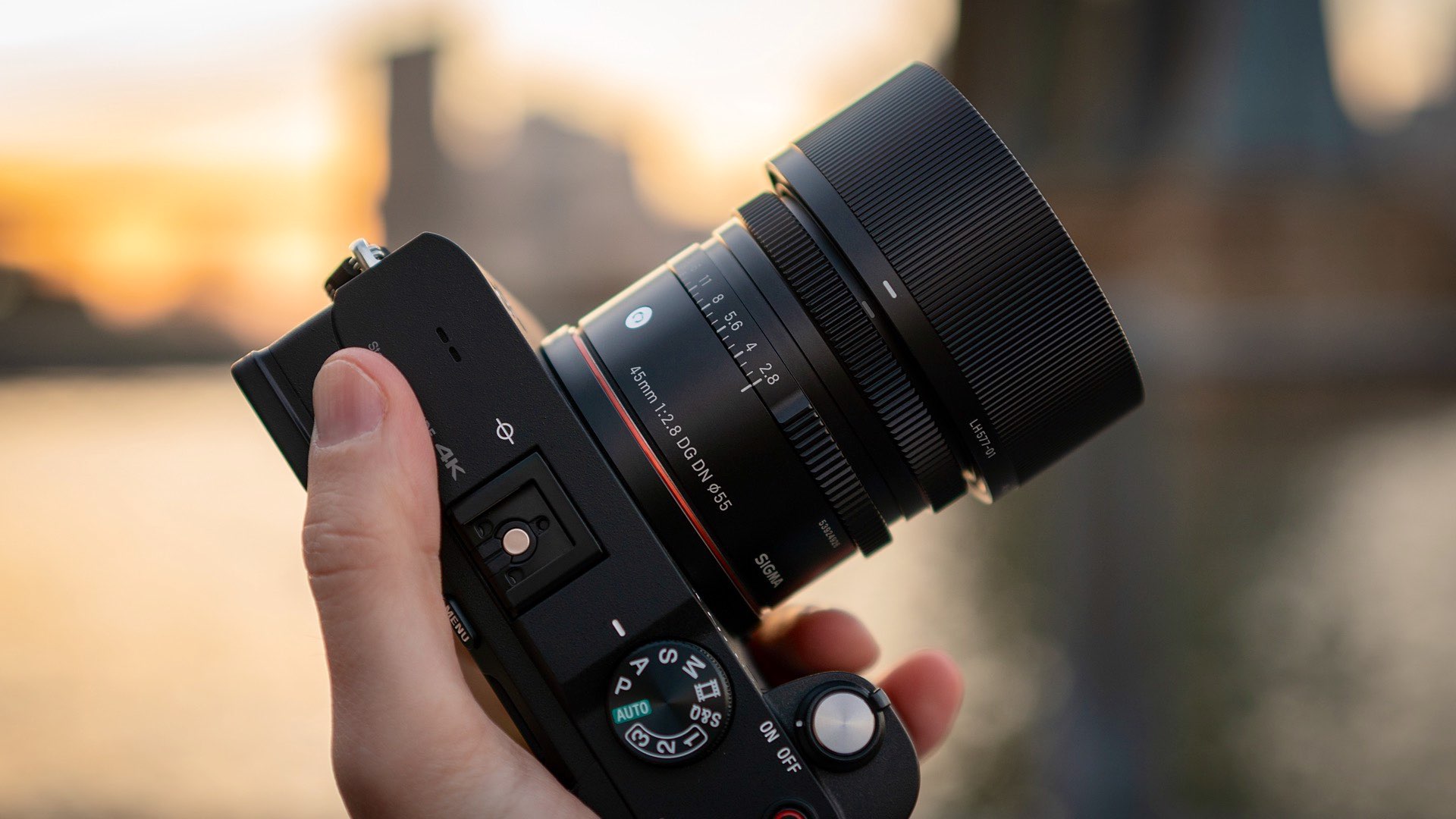
Closing thoughts
As explained by SIGMA, the Contemporaries grant videographers a sweet spot, or as you’d like, an ideal balance between what you’re paying and what you’re getting. That means, you can get a solid piece of glass without breaking the bank. A Contemporary lens will allow you a decent image quality that can serve you well. Obviously, the Contemporaries were not made for high-end cinematography, but more as a starting point for junior videographers who want something different and maybe more polished than Canon’s low-end lenses. What are your thoughts about the Contemporaries? Have you used them?
Product List
Here’re the products mentioned in the article, and the links to purchase them from authorized dealers.
- SIGMA Contemporary lenses


